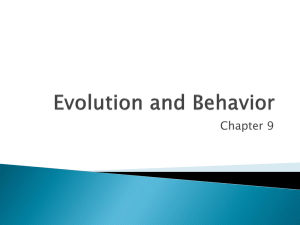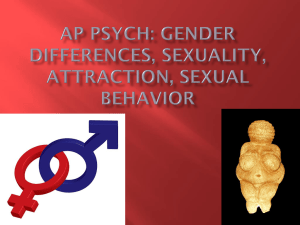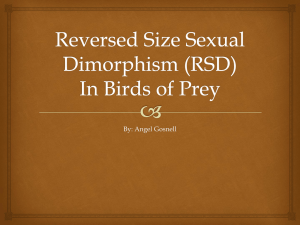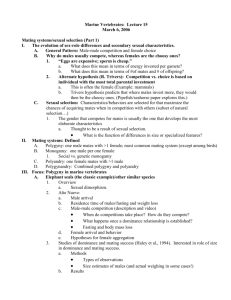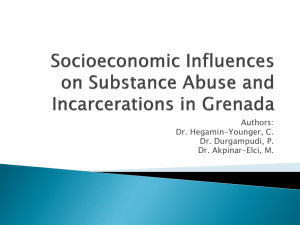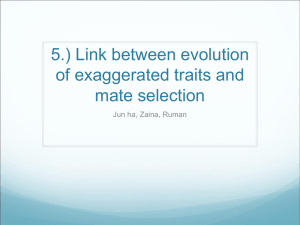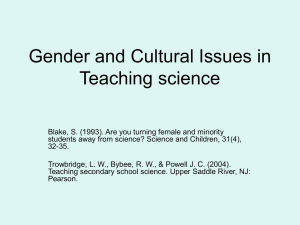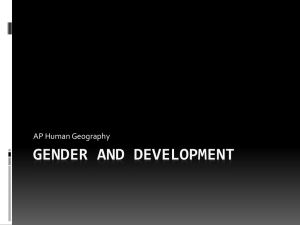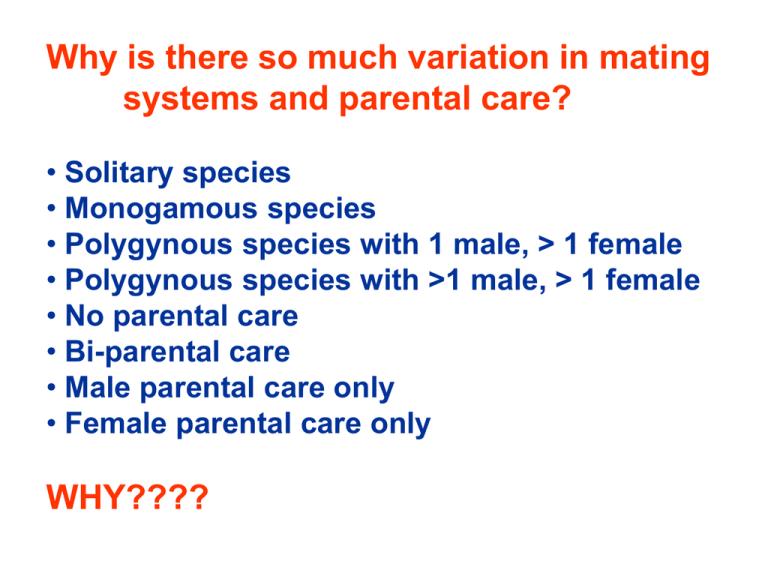
Why is there so much variation in mating
systems and parental care?
• Solitary species
• Monogamous species
• Polygynous species with 1 male, > 1 female
• Polygynous species with >1 male, > 1 female
• No parental care
• Bi-parental care
• Male parental care only
• Female parental care only
WHY????
Questions:
• Why are males more brightly colored
than females in some species but not
others?
• Why are males larger than females in
most mammals but fewer birds?
• Why is sexual dimorphism usually
greater in polygynous species than in
monogamous species?
• Why are males more brightly colored
and ornamented than females in some
species but not others?
Pheasant
Redwing blackbird
• Why are males larger than females in
most mammals? Why do they have
‘weapons’?
• Why is sexual dimorphism usually
greater in polygynous species than in
monogamous species?
Physiological differences
between males and
females in reproduction
Males are relatively
unselective in mating,
whereas females are
more choosy
Males have greater
reproductive
potential, give less
parental care
Males compete more for
females than vice versa
Evolution of traits in males (size, color, song) that enhance
competitive ability or signal condition, resources
Sexual selection: Selection favoring traits
that give certain individuals an advantage
over others in obtaining mates
Intra-sexual selection favors traits that
affect the ability of members of the same
sex to compete with each other for mates
(usually concerns male-male competition)
Inter-sexual selection favors traits that
attract members of the opposite sex
(usually concerns female choice of males)
Constraints
(ecological, social, physiological)
Males freed from parental care
Intense competition for mates
Strong sexual selection
Pronounced sexual
dimorphism
Males’ parental care essential
Less intense mate competition
Weaker sexual selection
Less pronounced
sexual dimorphism
Reproductive effort = parental effort + mating effort
Parental effort
Mating effort
Males
Females
Mating
system
Intensity of
sex. selec.
Monogamous
Weak
Polygynous
Strong
Male-male competition in elephant
seals
8 males fertilized 348 females
Breeding season 3 months long,
favoring male endurance
Males lose 34-41% of body mass
120
Latency (sec)
100
Winner
Loser
80
60
40
20
0
Seen
Unseen
Oliveira et al. 1998
Number of songs
60
40
20
0
Overlapped Alternated Random Overlaps
(DOM.)
(SUB.)
Interaction treatment
Peake et al. 2001
Intra-sexual selection: two points
1. Big males don’t necessarily have big sons.
Body size depends on age and condition
in addition to genes
2. Big dominant male can coerce females to mate.
Yet it might also be in the interest of females
to do so, because of: genetic quality(?),
protection, better resources
Constraints
(ecological, social, physiological)
Males freed from parental care
Intense competition for mates
Strong sexual selection
Pronounced sexual
dimorphism
POLYGYNY
Males’ parental care essential
Less intense mate competition
Weaker sexual selection
Less pronounced
sexual dimorphism
MONOGAMY
DEGREES OF POLYGYNY IN MAMMALS
Slight polygyny:
lions
M:F body wt
1.3/1
More polygyny:
gorillas
2.3/1
Extreme polygyny:
elephant seals
3.1/1


